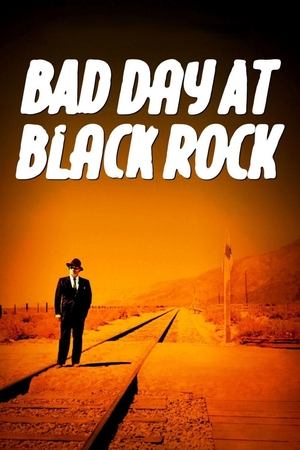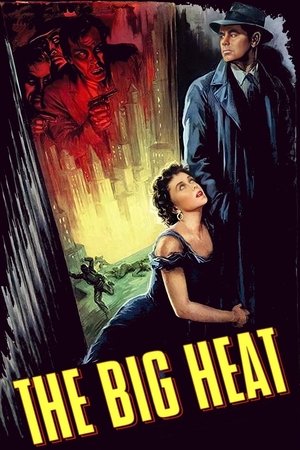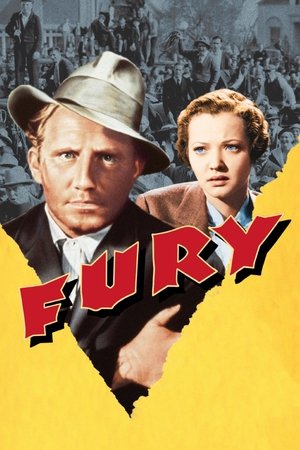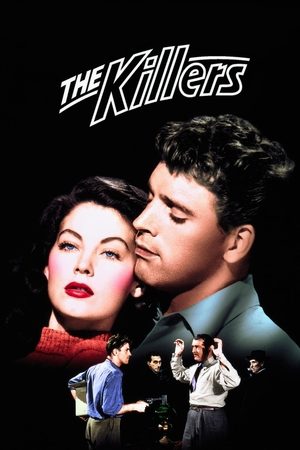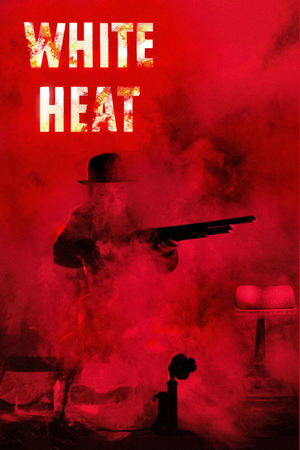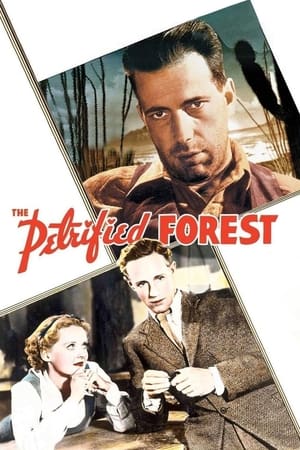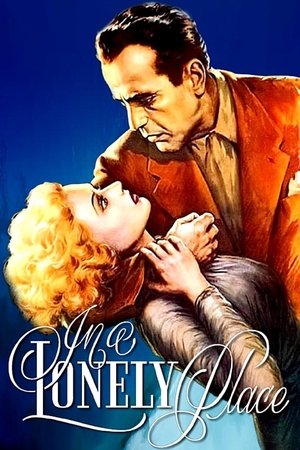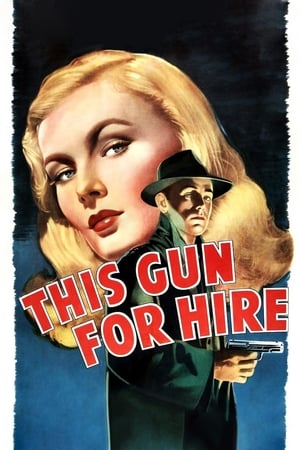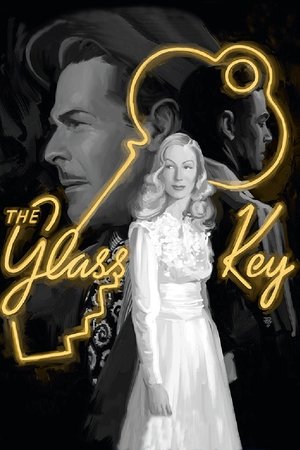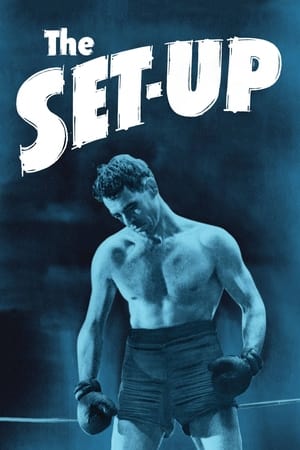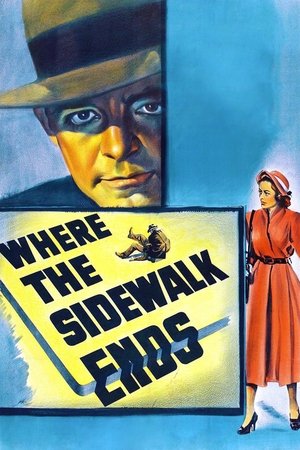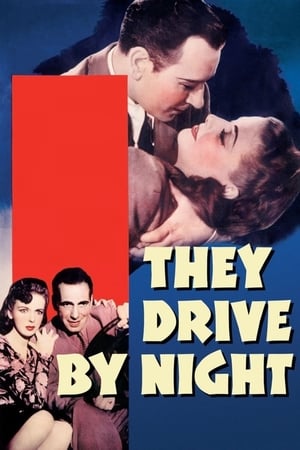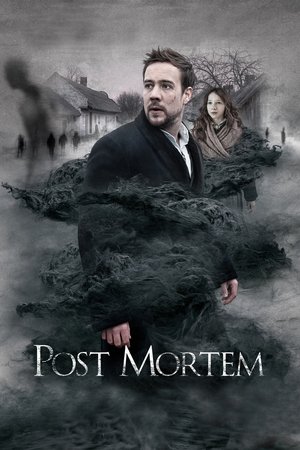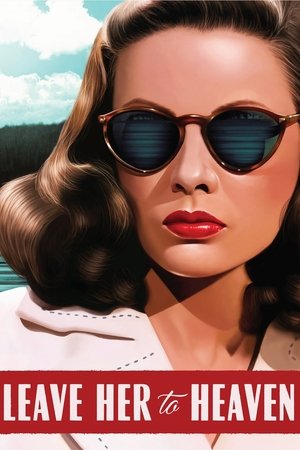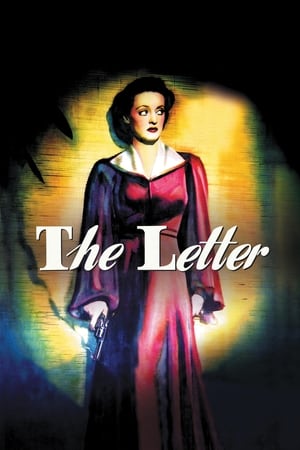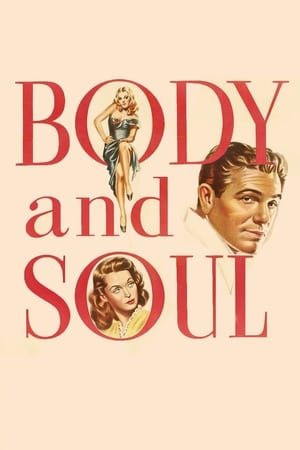Overview
A kindly, enthusiastic, newly-arrived American immigrant from Hungary is forced to turn to a life of crime after his face is badly disfigured in a hotel fire.
Reviews
The face behind the mask, it's mutated, hideous, a horrible nightmare. Out of which I can never awake.
The Face Behind The Mask is directed by Robert Florey and collectively written by Paul Jarrico, Arthur Levinson and Allen Vincent. It stars Peter Lorre, Evelyn Keyes, Don Beddoe and George E. Stone. Music is by Sidney Cutner and cinematography by Franz Planer.
Hungarian immigrant Janos Szaby (Lorre) arrives in New York City full of hope for the future. Unfortunately he is trapped in a hotel fire which leaves his face severely disfigured. Even though he is a skilled craftsman he is refused employment by many on account of his looks. At his lowest ebb he turns to crime to fund the making of a face mask to hide his disfigurement, while soon enough he is running a little league crime outfit when he happens upon blind Helen Williams (Keyes) and finds a new meaning to life…
The sands of time plays the death rattle.
Lorre dismissed it as a bit of guff, but The Face Behind The Mask showcases one of his greatest performances. It's a film that beats a black heart, where fatalism is dripped over proceedings, the core of the narrative is the shattering of the American dream, and the makers here are not shy to put forward an uncaring society. After a breezy beginning the narrative becomes relentlessly bleak, right up to, and including, a no holds barred chilling finale that's preceded by a monstrous twist.
Florey (also doing some of his best work) and Planer add stark imagery and scene setting that belies the B budget and quick turnover of the production (less than two weeks). A bleak harbour sequence is tonally adroit, the face mask surgery with faces adorning the walls is deliciously macabre, there's torture, too, and oblique backgrounds and shadow play. The dialogue may sometimes be too weak for the haunting story, but the film rises above it because of skills of the cast (Stone and Keyes excellent support for Lorre) and makers alike.
Part noir, part horror and part social drama, it's a film of differing attributes. It's not one for anyone looking to be cheered up, but for those who like to lurk in the shadows and succumb to the dark underbelly of cinema; this is a treat. 8/10
It is a testament to Peter Lorre's versatile facial language that he could contort his face into a rictus of dementia and corruption in M, and 10 years later but with essentially the same features, smile a sweet smile of innocence and candor as the Hungarian immigrant Janos Szabo in The Face Behind the Mask.
Janos, watchmaker and self-proclaimed “mechanical genius” arrives in New York in search of the vaunted American dream. The big city, contrary to what one would expect, treats the newcomer well; Janos soon finds a job in a hotel that also becomes his home.
Unfortunately, one night the hotel burns down and Janos’s face is horribly disfigured. The same city that gave him a moderately warm reception now rejects him because of his appearance. Unable to find honest work, Janos is forced to employ his manual dexterity in criminal endeavors. All the money in the world, ill-gotten or not, is not enough, however, to undo the damage to his face; Janos, now known as Johnny, turns to wearing what is best described as a Peter Lorre mask (which is not the same as Peter Lorre pretending to wear a mask).
Johnny eventually finds a romantic interest in a blind girl (I guess sighted women have always been shallow beyond redemption in the movies) named Helen Williams (Evelyn Keyes); proof that The Love of a Good Woman Can Save Any Man, Janos quits his criminal career to the chagrin of his former accomplices, who bump Helen off in an early combo of the External Combustion and Disposable Woman tropes. All of this leads to a conclusion wherein Johnny flies his ex-henchmen to the desert and strands them all there – including himself – so they can wait around for a boring death.
Lorre might have singlehandedly made this lesser noir worthwhile, were it not that his uniquely expressive face has been deprived of the ability to emote (to put it in a modern perspective, the result is as underwhelming as the digital technology used nowadays to de-age famous actors). Most of the time we’re listening to Lorre’s disembodied voice, which could have actually worked (after all, in addition to his face, he also had a unmistakably distinctive voice) they way it did for Claude Rains in The Invisible Man – but then in that film it was understood and agreed upon that we weren’t going to see much of Rains to begin with.
Peter Lorre is "Janos", an enthusiastic, honest, watch-maker who has arrived in New York from Europe hoping to make his way and bring his beloved "Marie" to join him. He alights on the kindly policeman "O'Hara" (Don Beddoe) who recommends lodgings for him and off he goes. Tragedy strikes though as one of his fellow residents is doing a bit of illicit cooking and "Janos" awakens, disfigured and unable to find a job. It's now that he encounters "Dinky" (George E. Stone) and soon formulates a plan to raise the money needed to have surgery on his face - and a life of petty crime beckons. It's all proving surprisingly easy for him and his accomplices until he, quite literally, bumps into "Helen" (Evelyn Keyes), a blind lady to whom he takes a shine - she cannot see his scarring and isn't going to judge him as so many others have. It's when he realises that he will have to wait fifteen years for the corrective surgery to (maybe) work that he decides to cease his life of crime and relocate to a quiet country cottage with "Helen". His erstwhile colleagues are less than impressed with that solution and it all builds to a duplicitous denouement that works really effectively. The production is all a bit basic, but that doesn't really matter - the story and the characterisation from Lorre are both solid and engaging. This isn't seen very often these days, but really is well worth an hour of your time.

 69 min
69 min
 6.5
6.5
 1941
1941
 USA
USA
 John Chard wrote:
John Chard wrote: